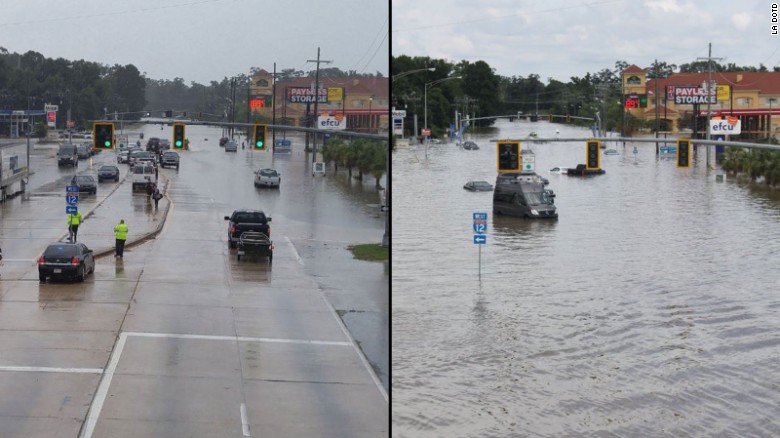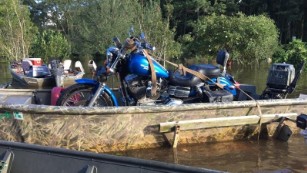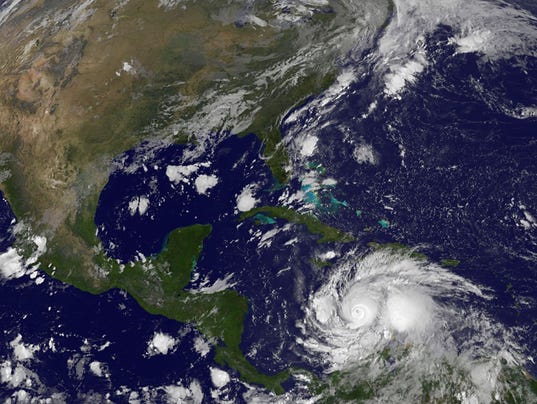Winter Storm Blanche moved into New England on Thursday after leaving behind feet of snow in the West and northern Plains.
The snowstorm clobbered Maine with more than a foot of snow, and while it was far from a record-breaking winter weather event, hundreds of homes and businesses lost power.
The highest total from Blanche was estimated at 62 inches in the upper elevations near Elk Mountain, Wyoming.
Here's what we know about the storm's impacts.
Maine
Top snowfall total: 17 inches, near Fort Kent
Some 2,000 customers were without power across the state Thursday as Blanche dumped more than a foot of snow in some areas. Those outages ranged from Hancock County all the way to the extreme north of Maine, according to the Associated Press.
Aroostook County, which spans extreme northern Maine, closed many of its schools and government offices Thursday due to the storm, according to the Bangor Daily News. This, of course, thrilled the children of the county who were lucky enough to pick up a rare snow day.
"The first thing they did when they got up this morning was turn on the radio and get all excited that they had no school," Katherine Keenan, a mother of two who lives in Houlton, told the Bangor Daily News.
Areas near the Canadian border received some of the biggest snow totals from this winter storm, but locations nearest to the major highways received far less. As a result, travel was mostly normal along Interstate 95 across the state Thursday.
https://www.wunderground.com/news/winter-storm-blanche-impacts
 This photo provided by Grant Matsushige, an Instrumentation Specialist at the Canada-France-Hawaii Telescope, shows the summit of Mauna Kea on Hawaii's Big Island covered in snow, as seen from Waimea, Hawaii, on Thursday, Dec. 1, 2016.
This photo provided by Grant Matsushige, an Instrumentation Specialist at the Canada-France-Hawaii Telescope, shows the summit of Mauna Kea on Hawaii's Big Island covered in snow, as seen from Waimea, Hawaii, on Thursday, Dec. 1, 2016. In this image made from
In this image made from  Data from NASA’s Aeronomy of Ice in the Mesosphere, or AIM, spacecraft shows the sky over Antarctica is glowing electric blue due to the start of noctilucent, or night-shining, cloud season in the Southern Hemisphere.
Data from NASA’s Aeronomy of Ice in the Mesosphere, or AIM, spacecraft shows the sky over Antarctica is glowing electric blue due to the start of noctilucent, or night-shining, cloud season in the Southern Hemisphere. Heavy smog at Chengdu Shuangliu International Airport stranded 20,000 passengers over the weekend.
Heavy smog at Chengdu Shuangliu International Airport stranded 20,000 passengers over the weekend. 








